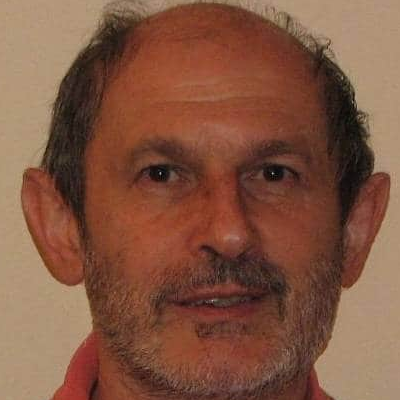Exclusive Feature Papers of Quantum Reports in 2024–2025
A special issue of Quantum Reports (ISSN 2624-960X).
Deadline for manuscript submissions: 31 December 2025 | Viewed by 6470
Special Issue Editor
Interests: foundations; measurement and decoherence; quantum-to-classical transition; open systems; quantum information
Special Issues, Collections and Topics in MDPI journals
Special Issue Information
Dear Colleagues,
We are pleased to announce the new Special Issue “Exclusive Feature Papers of Quantum Reports in 2024–2025”, a collection of significant high-quality papers (original research articles or comprehensive review papers) published in an open access format by editorial board members or leading scholars invited by the editorial board and guest editors. This Special Issue aims to discuss emerging knowledge and new developments on the frontiers in the field of quantum science research via the publication of selected works that will, hopefully, greatly contribute to society. We hope that this Special Issue will serve as the best forum for disseminating outstanding research results and sharing innovative ideas in the field.
Prof. Dr. Lajos Diósi
Guest Editor
Manuscript Submission Information
Manuscripts should be submitted online at www.mdpi.com by registering and logging in to this website. Once you are registered, click here to go to the submission form. Manuscripts can be submitted until the deadline. All submissions that pass pre-check are peer-reviewed. Accepted papers will be published continuously in the journal (as soon as accepted) and will be listed together on the special issue website. Research articles, review articles as well as short communications are invited. For planned papers, a title and short abstract (about 100 words) can be sent to the Editorial Office for announcement on this website.
Submitted manuscripts should not have been published previously, nor be under consideration for publication elsewhere (except conference proceedings papers). All manuscripts are thoroughly refereed through a single-blind peer-review process. A guide for authors and other relevant information for submission of manuscripts is available on the Instructions for Authors page. Quantum Reports is an international peer-reviewed open access quarterly journal published by MDPI.
Please visit the Instructions for Authors page before submitting a manuscript. The Article Processing Charge (APC) for publication in this open access journal is 1400 CHF (Swiss Francs). Submitted papers should be well formatted and use good English. Authors may use MDPI's English editing service prior to publication or during author revisions.
Keywords
- quantum mechanics
- quantum field theory
- quantum Information
- quantum neural networks
- quantum gravity
- quantum computing
- quantum optics
- quantum chemistry
- quantum biology
- quantum device
Benefits of Publishing in a Special Issue
- Ease of navigation: Grouping papers by topic helps scholars navigate broad scope journals more efficiently.
- Greater discoverability: Special Issues support the reach and impact of scientific research. Articles in Special Issues are more discoverable and cited more frequently.
- Expansion of research network: Special Issues facilitate connections among authors, fostering scientific collaborations.
- External promotion: Articles in Special Issues are often promoted through the journal's social media, increasing their visibility.
- e-Book format: Special Issues with more than 10 articles can be published as dedicated e-books, ensuring wide and rapid dissemination.
Further information on MDPI's Special Issue polices can be found here.
Related Special Issue
- Exclusive Feature Papers of Quantum Reports in Quantum Reports (29 articles)




